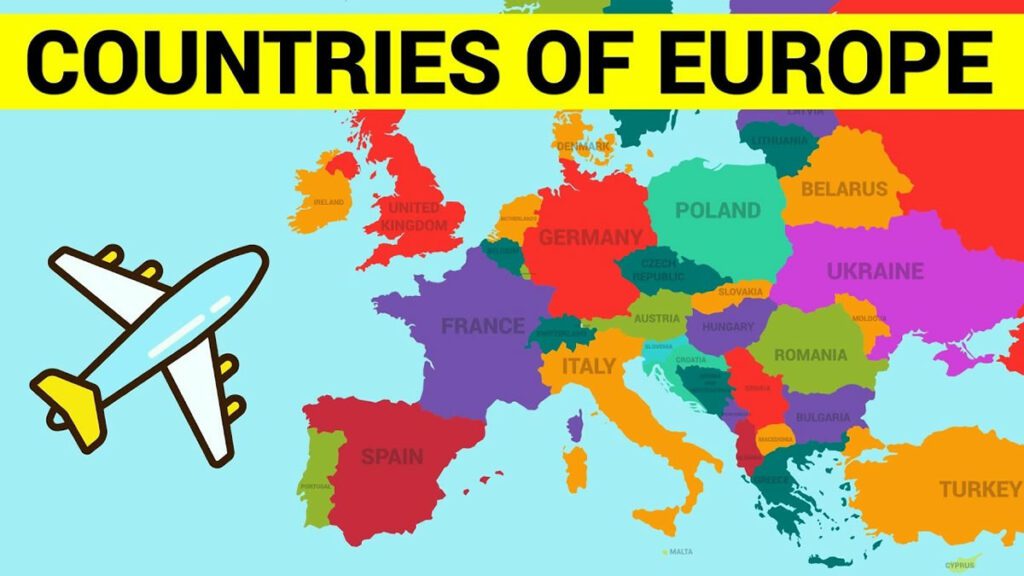As of 2025, the European vaping landscape presents a complex regulatory environment with significant variations across countries. While the European Union's Tobacco Products Directive (TPD) establishes baseline requirements, many member states have implemented additional restrictions that range from moderate limitations to near-complete bans. This report examines the current regulatory framework at both the EU level and within individual countries, highlighting recent developments and emerging trends in European vape legislation.
The European Union Tobacco Products Directive Framework
The Tobacco Products Directive (TPD), also known as the European Tobacco Products Directive (EUTPD) (2014/40/EU), serves as the foundational regulatory framework for vaping products across the European Union. Implemented on May 19, 2014, and becoming applicable in all EU Member States by May 20, 2016, this directive establishes minimum standards for vaping products while allowing individual countries to implement stricter regulations.
The TPD imposes several key restrictions on vaping products, including:
- Maximum e-cigarette refill tank capacity of 2ml
- Maximum volume of 10ml for e-liquid containers containing nicotine
- Maximum nicotine strength of 20mg/ml
- Mandatory tamper-proof and child-resistant packaging
- Prohibition of certain ingredients including taurine, coloring agents, and caffeine
- Comprehensive labeling and health warning requirements, with health warnings occupying at least 30% of the packaging surface
- Requirements for manufacturers to submit detailed product information to regulatory authorities
Enforcement of these regulations relies on cooperation between member states, with national authorities responsible for ensuring compliance and imposing appropriate penalties for violations. The directive specifically empowers member states to prevent non-compliant products from entering the market and to impose financial penalties for intentional infringements aimed at gaining financial advantage.
Country-Specific Regulations Across Europe
Hungary: Among Europe's Strictest Vaping Laws
Hungary has implemented some of the continent's most restrictive vaping regulations. The country prohibits vaping in all public places where smoking is banned, with substantial financial penalties for violations ranging from 20,000 to 50,000 Hungarian forints (approximately €50 to €130).
Additional Hungarian restrictions include:
- A complete ban on flavored e-liquids, with only tobacco-flavored products permitted for sale
- Comprehensive advertising restrictions prohibiting vape product promotion in local newspapers, magazines, television, radio, billboards, and internet advertising
These measures position Hungary among the European nations with the most aggressive anti-vaping stance, severely limiting both product availability and public usage.
Spain: Increasing Restrictions
Spain has recently strengthened its vaping regulations, aligning restrictions more closely with those for conventional smoking. The new regulatory framework includes:
- Prohibition of vaping in indoor public spaces
- Fines of up to €2,000 for vaping on public transport and in certain outdoor areas, including some beaches
- Anticipated price increases for vaping products, moving away from Spain's historically lower pricing for nicotine products
Despite these restrictions, Spain remains relatively vape-friendly compared to some other European nations. Vape devices and e-liquids can be purchased from tobacconists and dedicated vape stores throughout the country, though always subject to the EU TPD limitations on nicotine strength (20mg/ml maximum) and tank capacity (2ml maximum).
France: Moderate Regulation with Strong Enforcement
France maintains a generally accepting stance toward vaping while adhering to EU TPD standards. The country features widespread availability of vaping products through tobacconists and specialized vape shops. However, French regulations strictly limit e-liquid nicotine strength to the EU maximum of 20mg/ml and enforce tank capacity restrictions.
Germany: Comprehensive Regulatory Framework
Germany has established a sophisticated regulatory framework for vaping products, overseen by multiple government agencies including the Federal Ministry of Health, the Federal Office for Consumer Protection and Food Safety, and the Federal Institute for Risk Assessment.
Key elements of Germany's vaping regulations include:
- Strict enforcement of the minimum age requirement of 18 years for purchasing and using vaping products
- Rigorous age verification requirements for both physical and online retailers
- Restriction of sales to licensed establishments including specialized vape shops and select retail outlets
- Detailed advertising restrictions prohibiting marketing that targets minors or suggests health benefits
- Prohibition of television and radio advertisements for vaping products
Germany permits online sales of vaping products but requires robust age verification systems and adherence to the same safety and packaging standards as physical retail locations.
Bulgaria: Moving Toward Complete Prohibition
Bulgaria represents perhaps the most dramatic regulatory development in Europe's vaping landscape. While initially implementing the European Directive in March 2025, Bulgaria has progressively increased restrictions:
- March 2023: Implementation of excise duty on nicotine-containing vape liquids
- October 2023: Requirement for tax stamps on all nicotine products
- July 2024: Amendment of the Child Protection Act to explicitly prohibit vaping by individuals under 18 years of age
- February 12, 2025: First reading approval of a complete ban on the offering, sale, distribution, and advertising of all vapes – both disposable and reusable, regardless of nicotine content
The rationale behind Bulgaria's move toward prohibition includes concerns about ineffective restrictions on children's access to vapes and risks associated with unregulated substances in e-liquids. A second reading is expected in spring 2025, with potential additional amendments to strengthen control over online trade and combat illegal markets.
Greece: Aligned with Traditional Tobacco Restrictions
Greece subjects vaping products to the same regulatory framework as combustible cigarettes, including bans on use in public spaces and on transportation. The country is actively working to close loopholes in existing smoking regulations that some businesses have exploited.
Czech Republic: Relatively Permissive Approach
The Czech Republic maintains a relatively permissive approach to vaping. E-cigarettes and related products are legally available through tobacconists, dedicated vape shops, and selected retailers.
Traveling with Vaping Products in Europe
For vapers traveling throughout Europe, navigating the diverse regulatory landscape presents significant challenges. Key considerations include:
- Awareness of local vaping bans in public spaces, which vary significantly by country
- Compliance with nicotine strength limits (generally 20mg/ml maximum under TPD)
- Understanding restrictions on tank and bottle sizes
- Recognition of countries with flavor bans (such as Hungary)
- Awareness of complete or pending prohibition (as in Bulgaria)
Many European countries now ban vaping in public places, mirroring restrictions on traditional tobacco products. Portugal is specifically mentioned as having implemented such bans.
Recent Trends and Future Outlook
Several clear trends have emerged in European vape regulations:
- Increasing restrictions: Many European countries are tightening vaping regulations, with Bulgaria's move toward complete prohibition representing the most extreme example.
- Alignment with tobacco regulations: Countries including Greece and Spain are increasingly treating vaping products similarly to traditional tobacco products.
- Focus on youth protection: Enhanced age verification requirements and advertising restrictions reflect widespread concern about youth vaping.
- Stricter enforcement: Countries are implementing more rigorous enforcement mechanisms and increasing penalties for non-compliance.
The EU regulatory landscape continues to evolve rapidly, with individual countries increasingly implementing restrictions beyond the minimum TPD requirements.
Conclusion
Europe's vaping regulations present a complex and rapidly changing landscape, with significant variations between countries despite the common foundation of the Tobacco Products Directive. While some nations maintain relatively permissive approaches, the general trend points toward increasing restrictions, with countries like Bulgaria moving toward complete prohibition.
For vapers traveling or residing in Europe, staying informed about local regulations is essential, as penalties for non-compliance can be substantial. The continued divergence in regulatory approaches across Europe highlights the ongoing debate about the appropriate balance between providing adult smokers with reduced-risk alternatives and protecting public health, particularly for youth.
As regulatory frameworks continue to evolve, manufacturers, retailers, and consumers must remain vigilant about compliance with both EU-wide directives and country-specific regulations, which are likely to become increasingly stringent in many jurisdictions.








